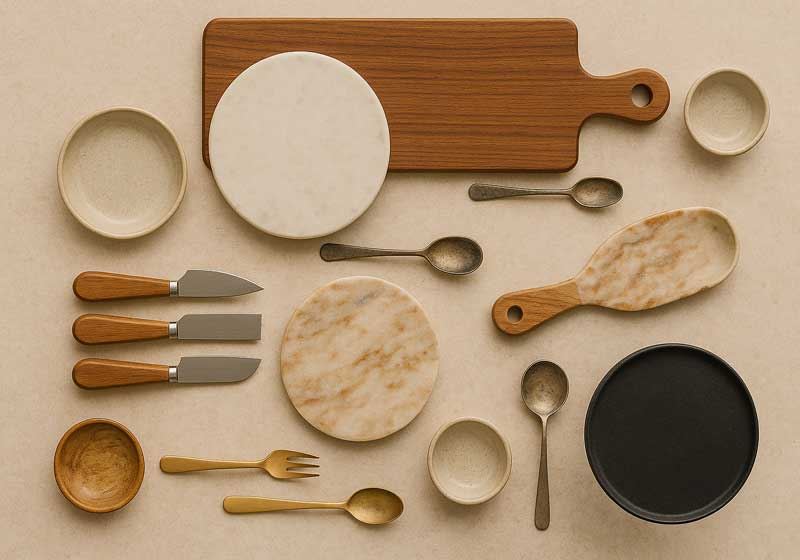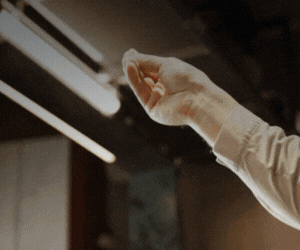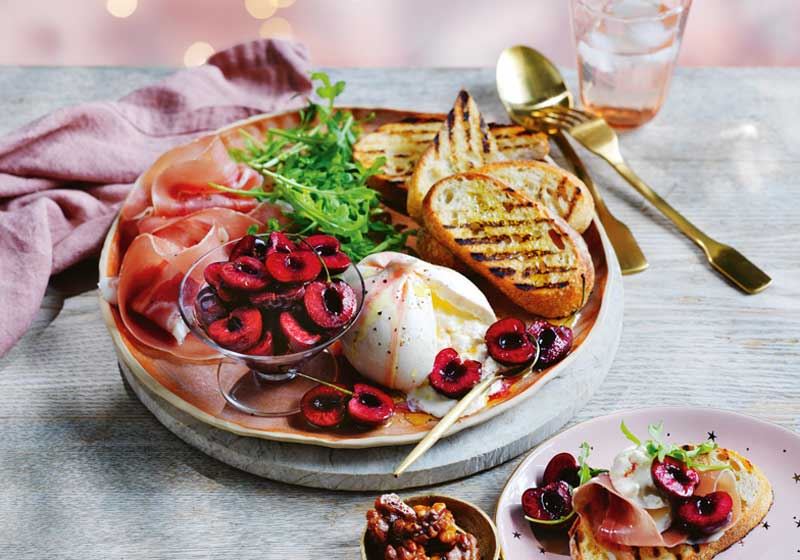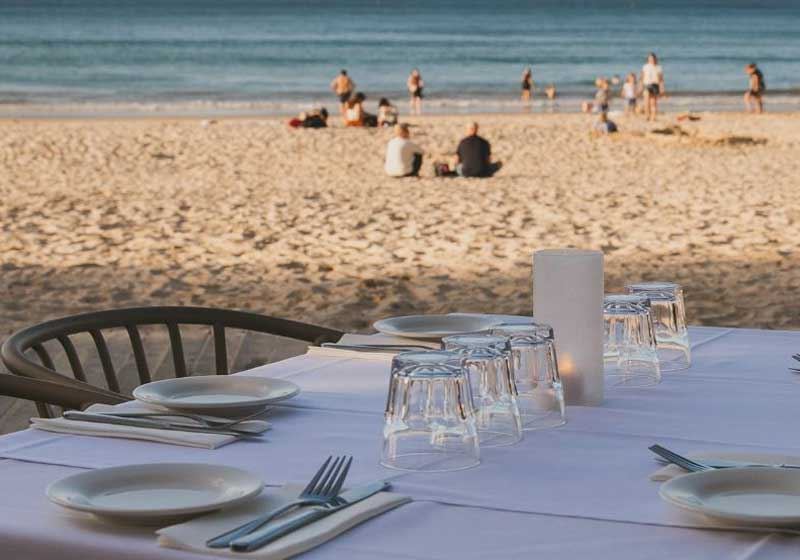There are few debates in the world of fire and flavour as heated as the one between reverse searing and open-flame grilling. Both methods conjure primal satisfaction - meat meeting heat, sizzling fat dripping into smoke, aromas that awaken something ancient within us.
Yet, these two approaches are not just techniques; they are philosophies, each delivering a unique culinary experience.
The Case for Reverse Sear
Reverse searing is the masterclass of precision. It begins slow, often in an oven or smoker, coaxing the meat to the perfect internal temperature with patience and control. Only at the end does the high-heat sear arrive, caramelising the crust into a mouthwatering armour of char.
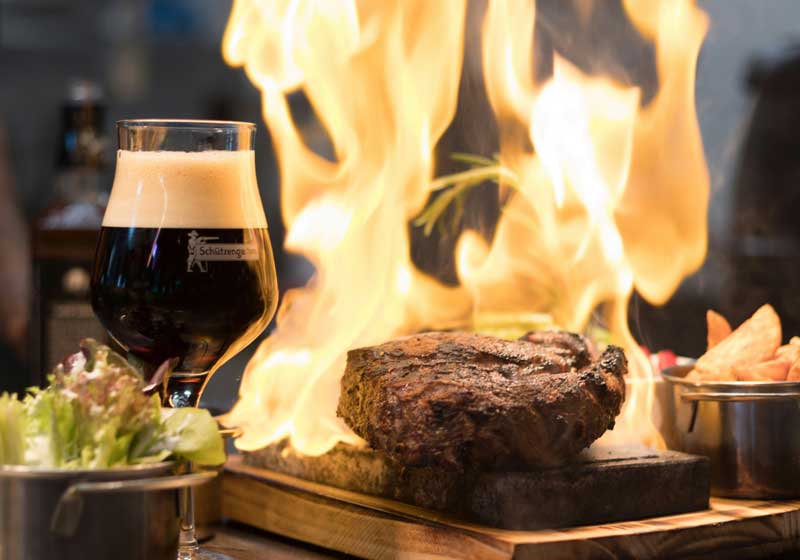
This method appeals to those who crave consistency. A ribeye, tenderloin, or tomahawk prepared with reverse sear emerges with a uniform blush of pink from edge to centre. Every bite delivers the promise of balance - juicy, tender and elevated by the Maillard reaction’s deep, nutty complexity. It’s a technique that whispers of refinement, of Chefs in pristine whites with digital thermometers in hand.
Reverse sear is the art of restraint. It’s a love letter to patience, proof that flavour does not need to be rushed. It’s the method for the perfectionist who wants every guest to experience steak at its absolute peak.
The Case for Open Flame
Then there is the open flame - the method that feels like a heartbeat, primal and untamed. To cook over fire is to surrender to the dance of flickering heat and smoke, to let nature have its say in the final flavour.
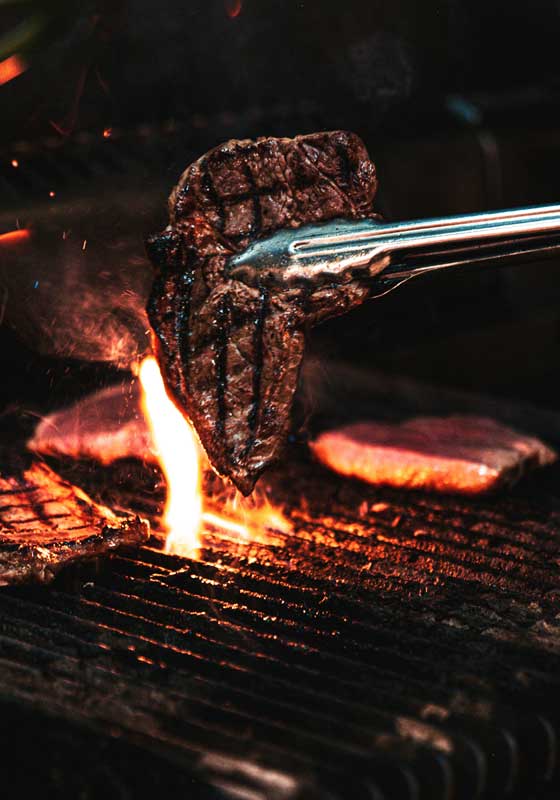
An open-flame steak is never just food; it’s theatre. Flames flare as fat drips, sparks leap skyward and the aroma of wood or charcoal curls into the night air. The crust forms differently here - rustic, uneven, infused with a smokiness no pan or oven can replicate.
This method appeals to the instinctive cook, the adventurer who relishes the unpredictability. Every steak is a story, marked by the subtle quirks of flame and fuel. Charcoal imparts a whisper of campfire nostalgia, mesquite a bold, earthy punch, while hardwood embers wrap the meat in whispers of sweet smoke.
Open flame is not about control - it’s about connection. To cook this way is to commune with fire itself, to embrace imperfection as beauty.
Which Reigns Supreme?
The answer lies less in supremacy than in soul. Reverse sear is the method of assurance - the guarantee of perfect doneness, a safety net for those unwilling to gamble a prized cut. Open flame, by contrast, is for those who thrive in the gamble, who taste joy in smoke’s unpredictable kiss and the primal crackle of burning wood.
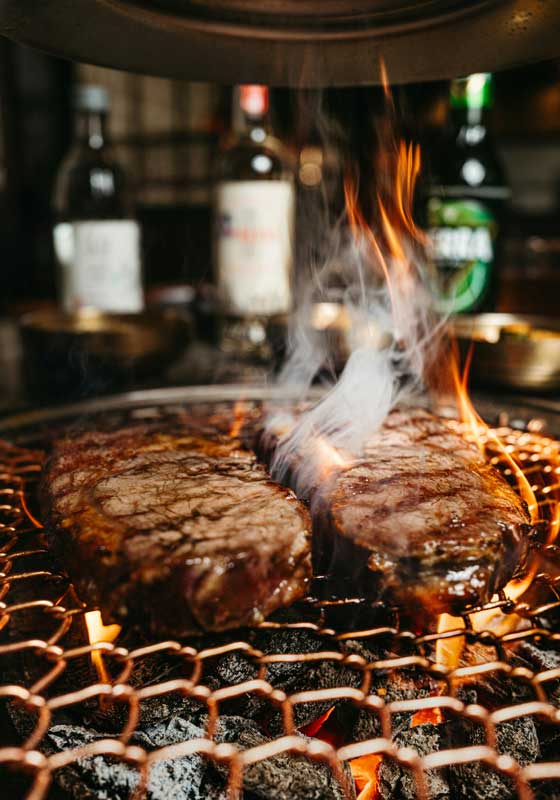
In truth, supremacy depends on the moment. A dinner party, where consistency is paramount, bows to the reverse sear. A Summer night under the stars, laughter ringing out while embers glow, belongs to the open flame.
Perhaps the greatest wisdom lies not in choosing one over the other, but in recognising the artistry of both. Sometimes we want precision; sometimes we crave wildness. In the end, the true champion is the cook who knows when to harness control - and when to let the fire run free.



